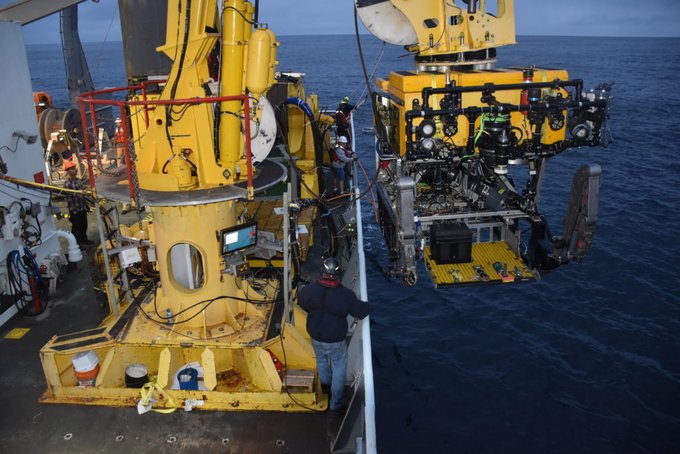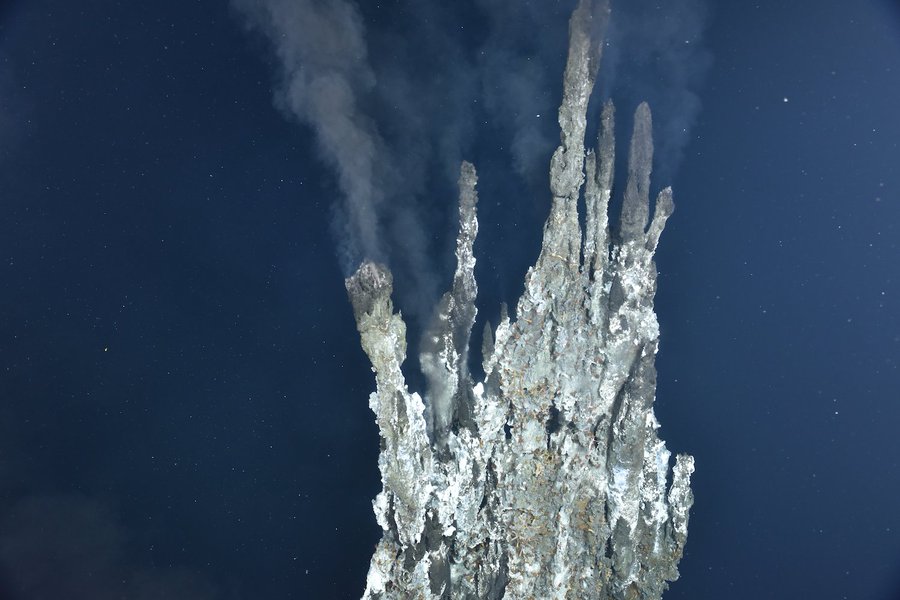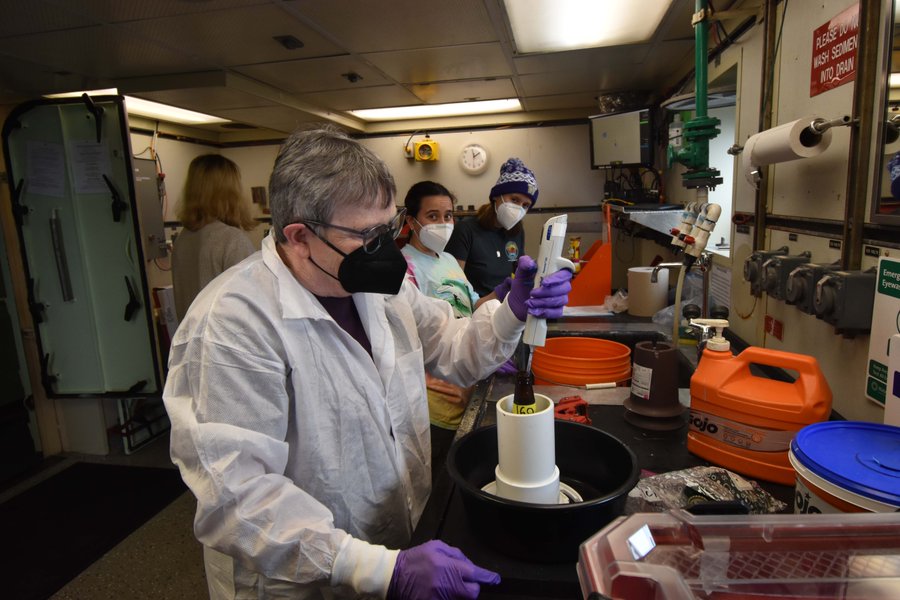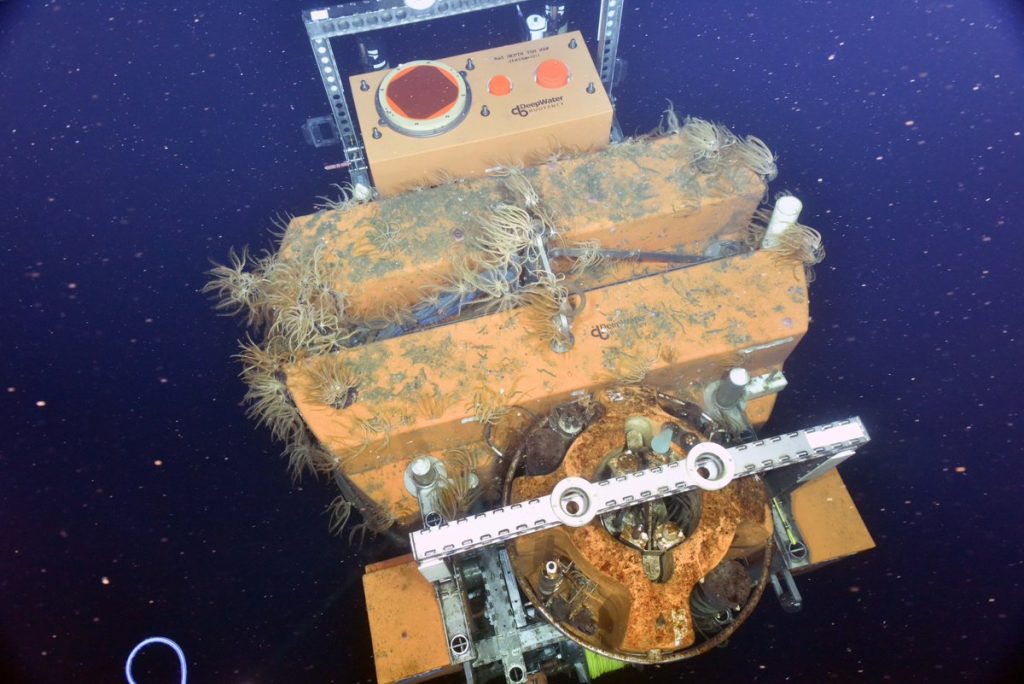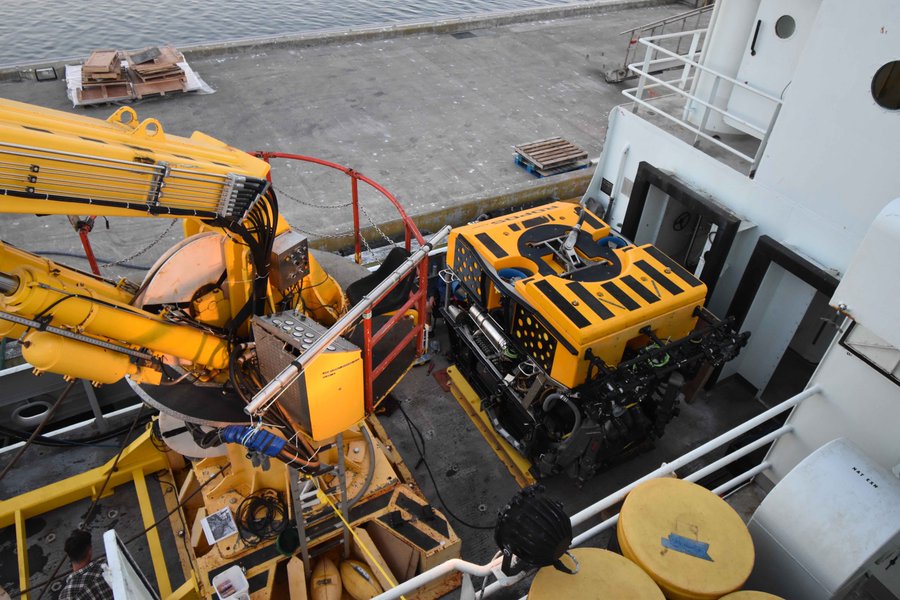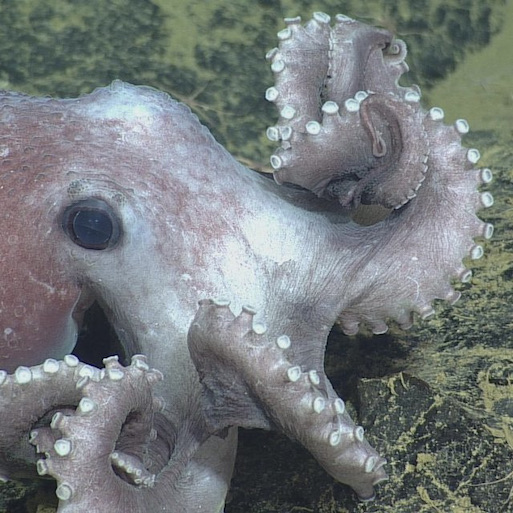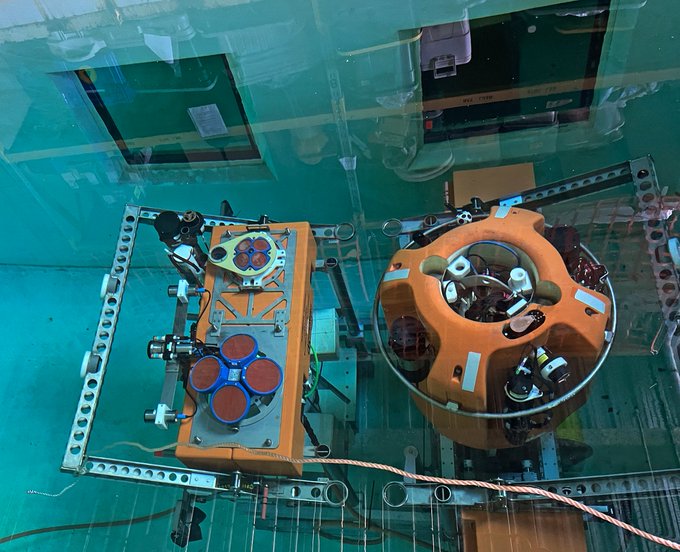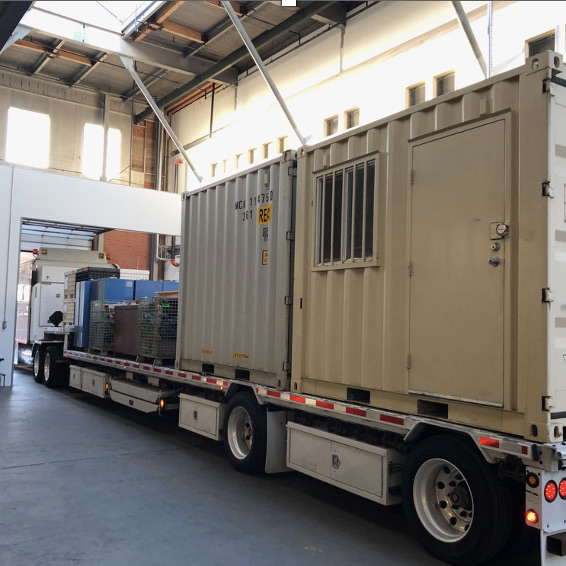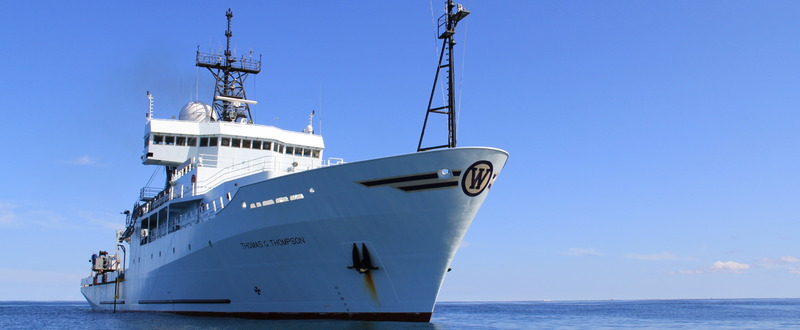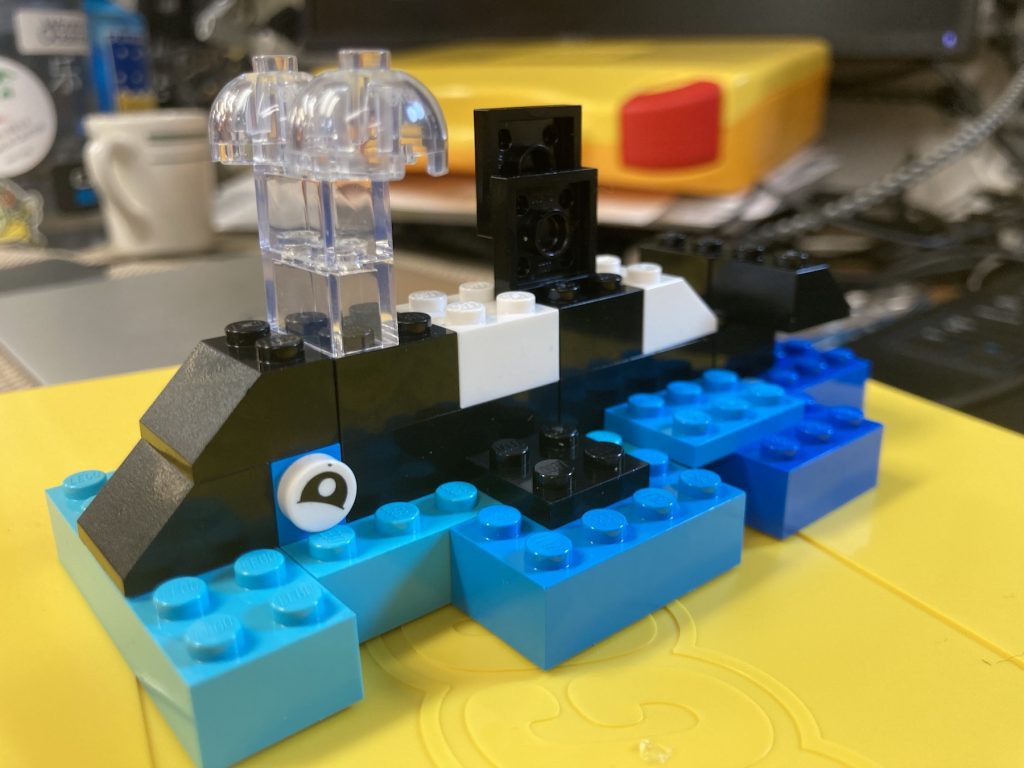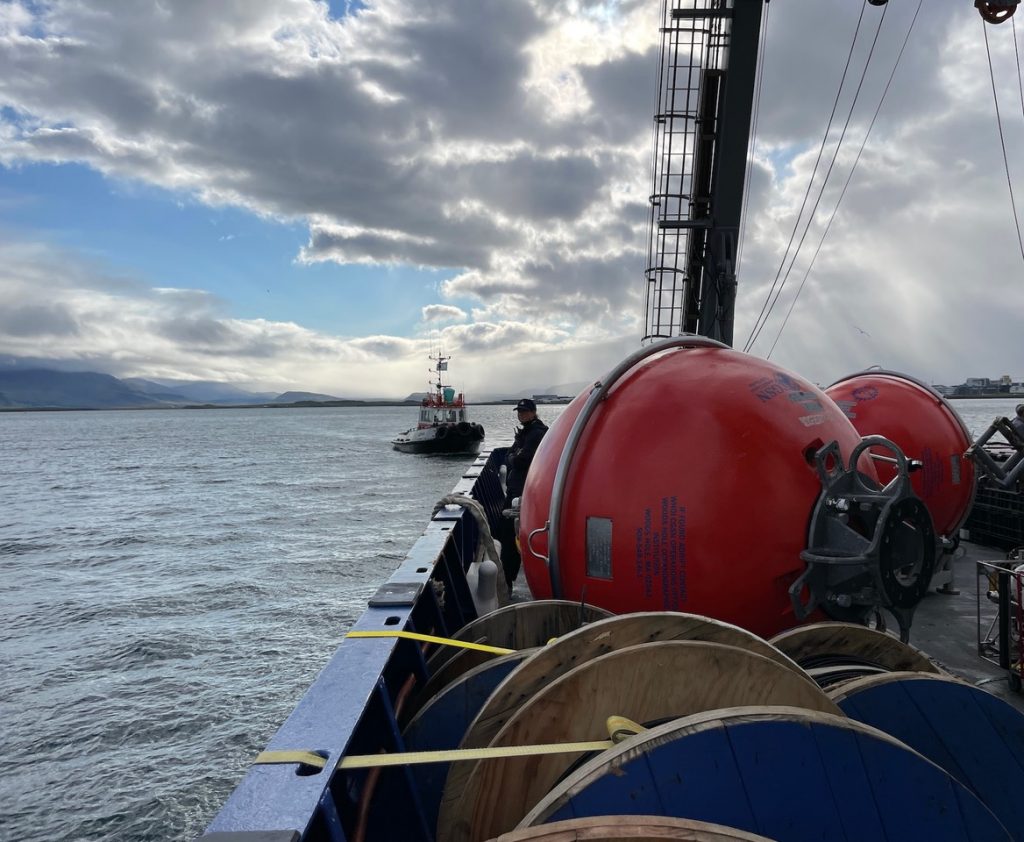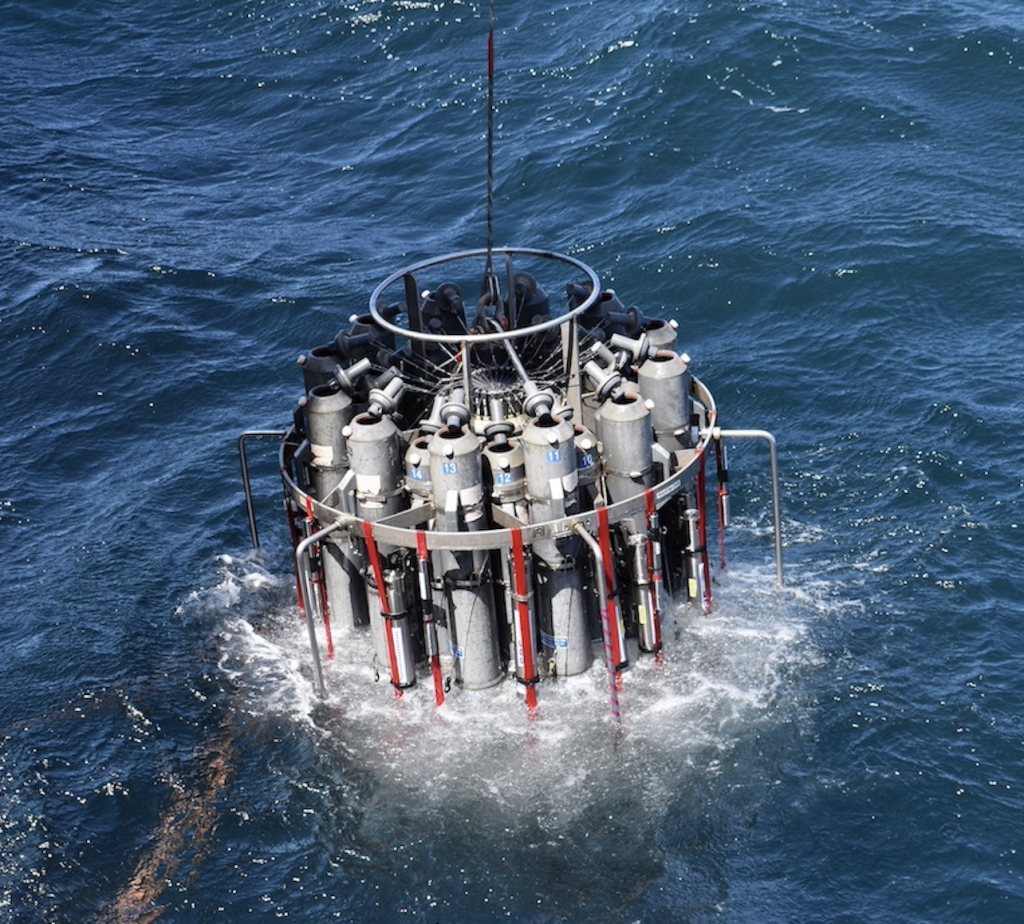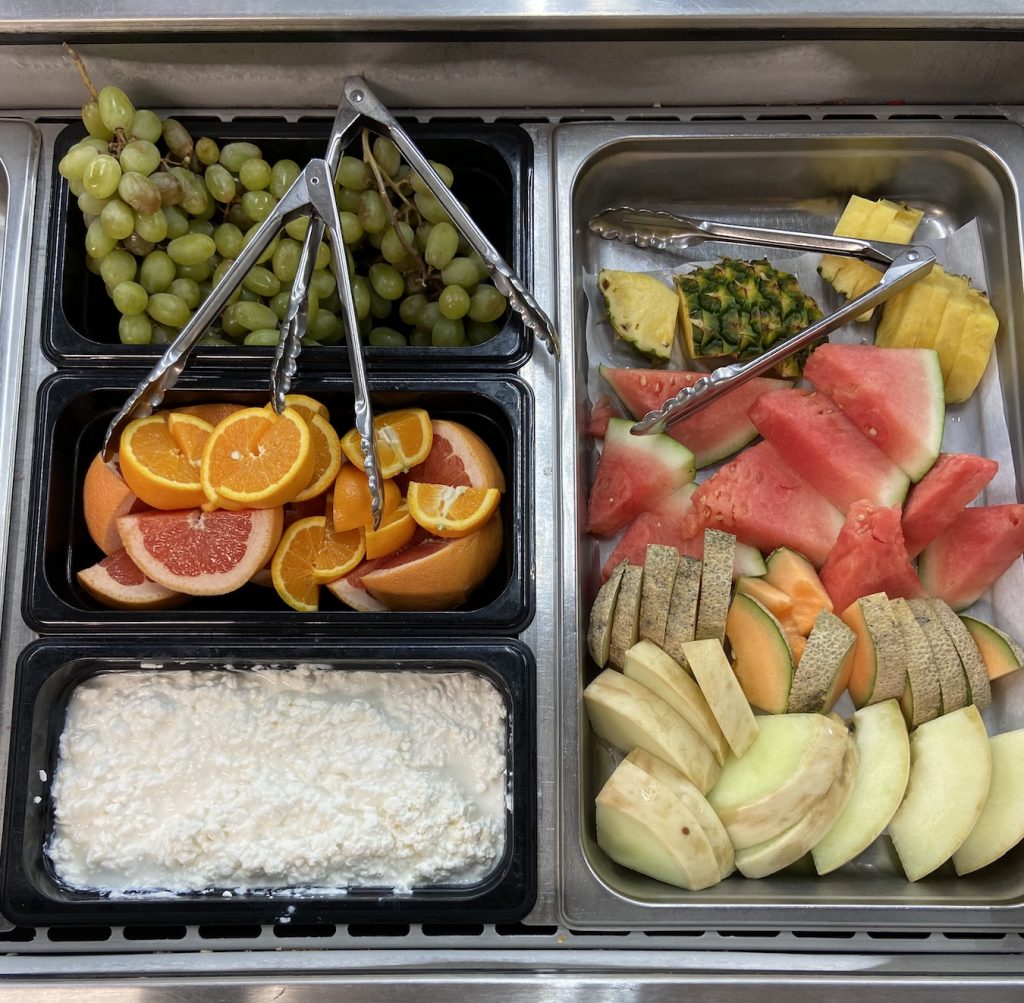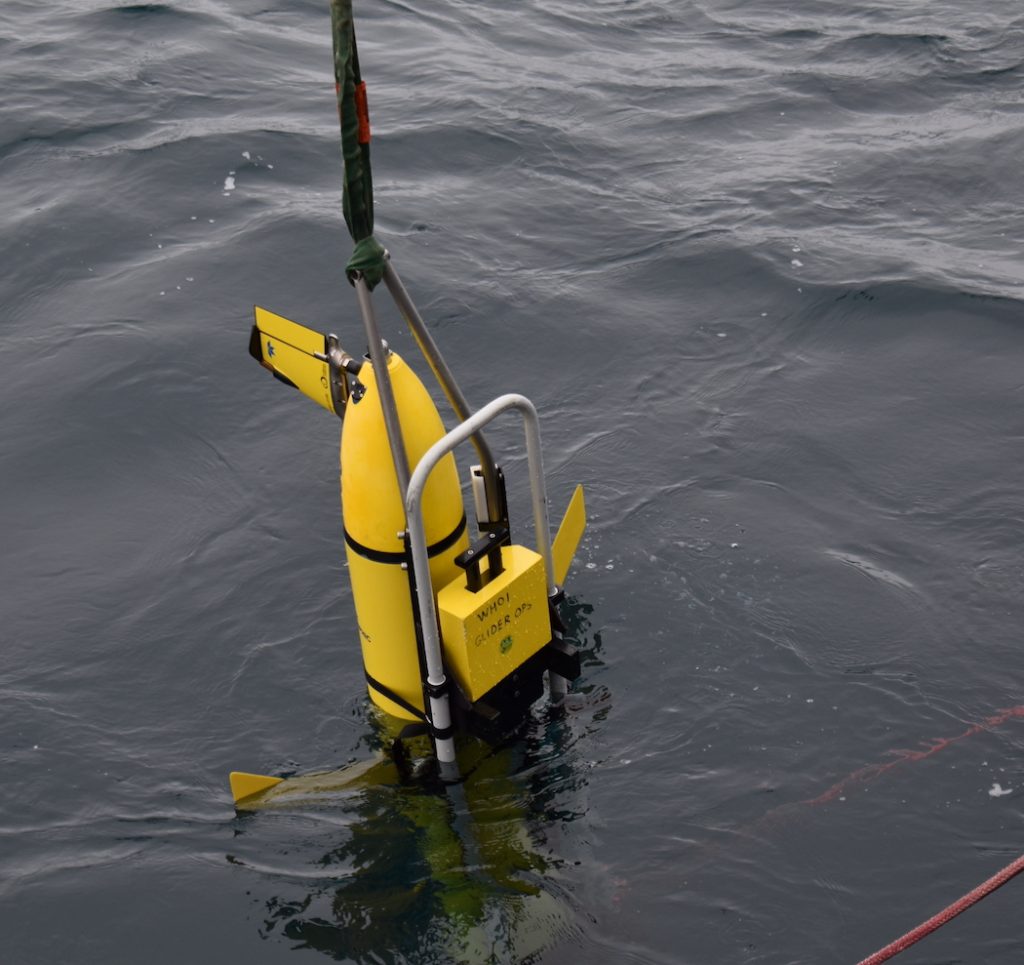- All
- Endurance 16
- Endurance 17
- Endurance 18
- Endurance 19
- Endurance 20
- Endurance 21
- Endurance 22
- Endurance 23
- Irminger 10
- Irminger 11
- Irminger 12
- Irminger 9
- Pioneer 17
- Pioneer 18
- Pioneer 19
- Pioneer 21
- Pioneer 22
- Pioneer MAB At-Sea Tests
- Pioneer MAB Initial Deployment
- Pioneer MAB Test Deployment
- RCA VISIONS 22
- RCA VISIONS 23
- RCA VISIONS 24
- RCA VISIONS 25
- Station Papa 10
- Station Papa 11
- Station Papa 12
- Station Papa 9
Allowing us to see underwater
The underwater state-of-the-art robotic vehicle ROPOS allows us to see what is happening at a highly active methane seep site -Southern Hydrate Ridge – hosting…
A scarred octopus
Deep-sea octopuses (Graneledone boreopacifica) sometimes lurk among the basalt cliffs formed by underwater eruptions at the summit of Axial Seamount (off the coast of Oregon)…
Hydrothermal vents- active and dormant
Two hydrothermal vents at Axial Seamount visited by the ROV ROPOS during the OOI Cabled Array O&M cruise show the difference between an active “black…
Work in the lab
Leg 1 Co-Chief Scientist (and former Grays Harbor College Prof) Julie Nelson helps VISIONS’22 students from UW run chemical analyses on the verification water samples…
Biofouling challenge
Top view of the OOI Oregon Offshore Shallow Profiler Mooring shows the difference between a new set of instruments (top), 8 years spent at 200m…
Flytrap anemones and glass sponges
During the first dive of the OOI RCA O&M cruise, the ROV visited an underwater microphone (hydrophone) tripod on the seafloor at the OOI Slope…
ROPOS ready
The Canadian Scientific Submersible Facility (CSSF) Remotely Operated Vehicle ROPOS was launched August 9 on the first dive (R2201) of the OOI RCA Operation and…
Students aboard
Leg 1 VISIONS students on the 2022 OOI RCA O&M cruise pose on the bow as the R/V Thomas G. Thompson steams out of Newport….
Mobilization underway
Mobilization and loading of the ROPOS ROV on the R/V Thomas G. Thompson for Leg 1 of the OOI Regional Cabled Array operations & maintenance…
VISIONS’22 blog
You can keep up with daily activities during RCA VISIONS’22 by watching a live stream video and reading daily blogs written by both the science…
Headed to sea soon
The Regional Cabled Array team soon goes to sea on their 43-day cruise on the R/V Thompson using the ROV ROPOS, which will make at…
Transport underway
It promises to be a full house! The first shipment of infrastructure and equipment to support the 2022 RCA operations and maintenance expedition shipped…
R/V Thomas G. Thompson
The R/V Thomas G. Thompson is operated by the University of Washington as part of the US academic research fleet, within the UNOLS framework (University National Oceanographic…
Las Actividades de Diverción
Las tardes requieren que tengas algo para entretenerte. Algunas personas trajeron sus Nintendo Switch y compartieron con todos. Depues de cenar, jugábamos Super Smash Bros…
Into Reykjavik, Iceland
After a successful cruise and 27 days at sea, the Irminger 9 expedition pulled into Reykjavik, Iceland. Although it was a great cruise, the team…
Whale sightings
NOAA Research Wildlife Biologist Peter Duley joined us again for the Irminger-9 cruise, along with the “Big Eyes” binoculars. You can read about Pete’s previous…
Food for a month
Feeding a ship’s worth of people three meals per day (plus snacks), planning meals, cleaning, and organizing stores, is constant work. Running the kitchen, or…
Glider missions
The OOI Irminger Sea Array consists of three mooring sites in a triangular with sides ~30 km long. The Surface Mooring at one corner of…
Below the surface
Three of the moorings the Irminger 9 team is deploying in the Irminger Sea are Subsurface Moorings, which means that the moorings are entirely underwater…
